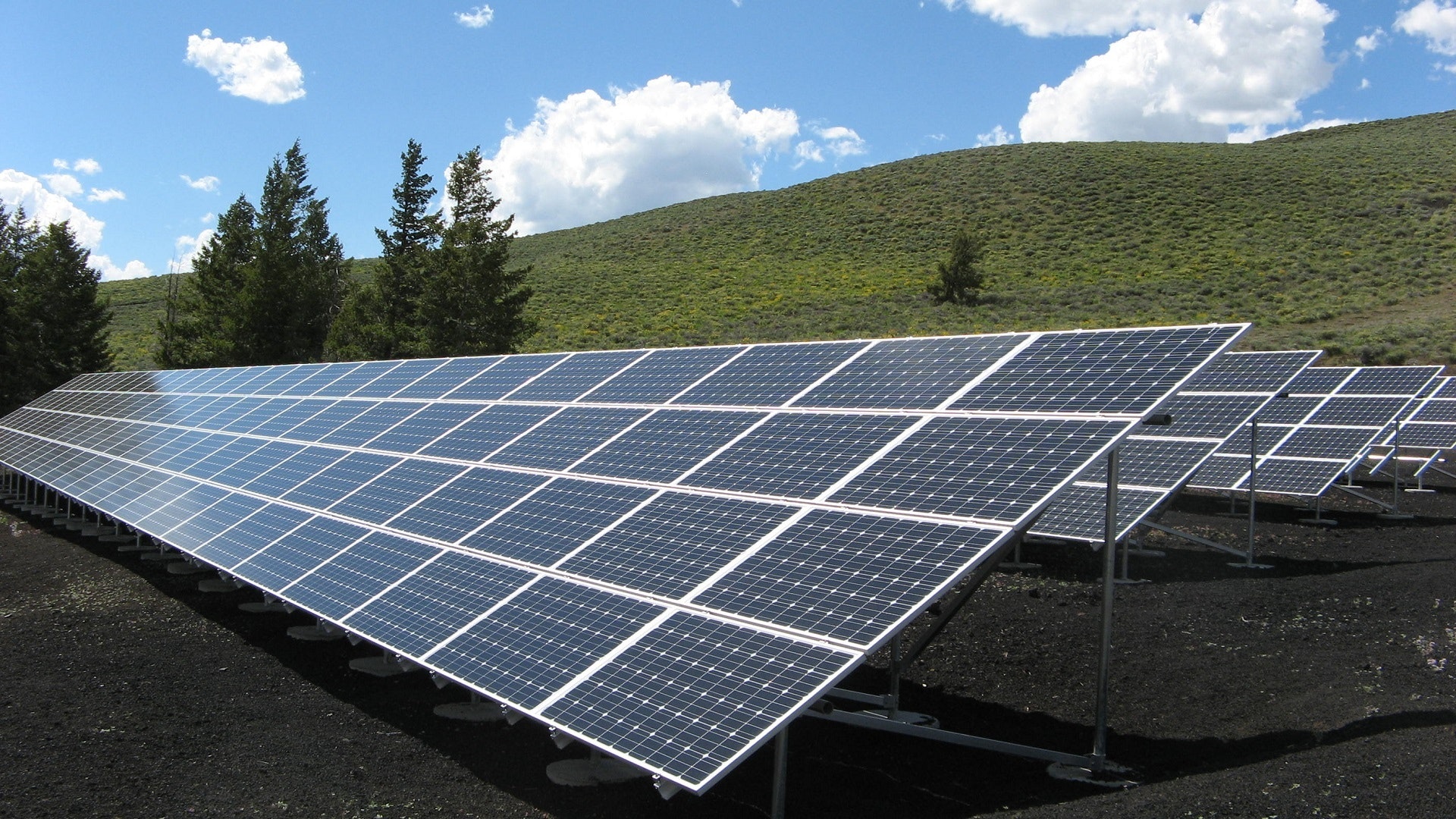Nepal, a land of diverse landscapes and breathtaking vistas, is not only rich in its natural beauty but also holds immense potential for renewable energy. Historically, the country has been heavily reliant on hydropower, utilizing its numerous rivers to generate electricity. While hydropower has been a reliable source of energy for Nepal for many years, recent global trends in renewable energy adoption, particularly solar energy, have sparked interest in alternative sources of power generation.
In the wake of advancing technologies and growing environmental concerns, countries around the world have been making a decisive shift toward harnessing solar energy. Solar power is an eco-friendly and sustainable alternative that offers numerous benefits. It is abundant, inexhaustible, and emits no harmful greenhouse gases, making it a crucial component in the fight against climate change. Moreover, solar panels have a long operational life, require minimal maintenance, and can be installed on rooftops, making them accessible for distributed energy generation.
One of the key reasons for Nepal's hesitation in capitalizing on its solar potential is its longstanding reliance on hydropower. For decades, hydropower has been the backbone of the country's energy sector, and transitioning to a new energy paradigm may seem daunting. However, with changing global dynamics and the urgent need to diversify the energy mix, the Nepali government and private sector must seize the opportunity to embrace solar energy.
One significant factor driving the shift toward solar is the decreasing cost of photovoltaic (PV) modules. Over the years, advancements in solar technology and manufacturing processes have led to a remarkable reduction in the cost of solar panels. This cost reduction has made solar energy increasingly competitive compared to traditional energy sources. By taking advantage of the falling costs, Nepal can implement large-scale solar projects more economically, fostering rapid growth in the solar energy sector.
Furthermore, solar energy provides a complementary solution to the existing hydropower infrastructure in Nepal. Hydropower tends to generate more electricity during the wet season when rivers are brimming with water. However, during the dry season, when water levels recede, energy production diminishes, leading to energy deficits. By integrating solar energy into the energy mix, Nepal can bridge this seasonal gap, ensuring a more consistent and reliable energy supply throughout the year.
The advantages of solar energy extend beyond its complementarity with hydropower. The cost comparison between hydropower and solar energy speaks volumes about the financial sense of embracing solar. The price of constructing a hydropower project is twice as much as a solar project. Moreover, while a solar project can be completed within a year, a hydropower project in Nepal may take up to two decades to finish. These statistics emphasize the clear advantage solar holds over hydropower, making it an attractive investment prospect.
Moreover, solar energy projects have a smaller environmental footprint compared to large hydropower projects. The construction of extensive dams and reservoirs for hydropower often involves altering the natural landscape and displacing local communities. In contrast, solar installations can be integrated into existing infrastructures or built on marginalized land without significant environmental disruption or social displacement.
Nepal's geographical location in the Himalayan region places it in an advantageous position to harness abundant solar radiation. The country's latitude, altitude, and atmospheric conditions contribute to a favorable solar radiation profile, making it an ideal location for large-scale solar plants. By capitalizing on this natural gift, Nepal can position itself as a leading solar energy producer in the region.
While Nepal's hilly and mountainous terrain may pose some challenges for solar panel placement
due to shading and land use considerations, it can still be advantageous for solar energy
production. The key is careful site selection and engineering to maximize sun exposure and
minimize environmental impact. With the right planning, Nepal can harness its abundant solar
radiation while minimizing adverse effects on its natural landscape, making it a sustainable and
green choice for solar energy production
Another compelling aspect of solar energy is the predictability of energy output. Advanced simulation software allows accurate forecasting of solar energy production based on historical meteorological data. This predictability empowers energy planners and policymakers to make informed decisions, enabling efficient grid management and better resource allocation.
In conclusion, Nepal's vast solar potential remains largely untapped despite the numerous advantages it offers. The decreasing cost of PV modules, complementarity with hydropower, faster project completion times, and minimal environmental impact make solar energy an attractive and viable option for the nation's energy future. By embracing solar energy, Nepal can bolster its energy security, reduce its dependence on costly energy imports during the dry season, and take significant strides toward a greener and more sustainable future. It is time for the Nepal government and private sector to rise to the occasion and harness the power of the sun to propel the nation into a brighter and cleaner energy future.
(The author holds an Engineering Degree for USA , Energy Entrepreneur currently working in clean energy and mobility sector in Nepal)

